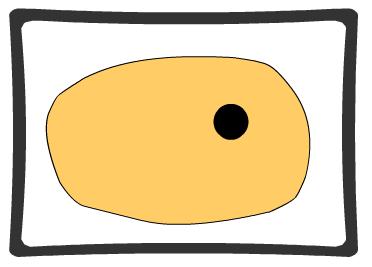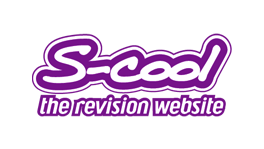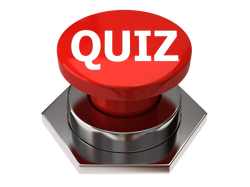Class Notes & Powerpoints
|
|
Official WJEC presentation on membranes and transport above.
Complete summary of the topic with animations below.
| ||||||||||||||||||||||||||||||||||||||||||
Media & Activities
|
|
|
|
The Plasma Membrane
Keywords: Fluid mosaic model, Phospholipid, Polar phosphate head, non-polar fatty acid tail, intrinsic protein (spans the membrane), extrinsic protein (only in part of the membrane), glycoprotein, glycolipid, cholesterol
More specific labels for proteins: Ion channel, voltage gated channel, ion pump, co-transport channel protein, anti-transport channel protein
Additional labels- integral (in or partly in the membrane), peripheral (stuck to the outside)
More specific labels for proteins: Ion channel, voltage gated channel, ion pump, co-transport channel protein, anti-transport channel protein
Additional labels- integral (in or partly in the membrane), peripheral (stuck to the outside)
http://quizlet.com/19577920/plasma-membrane-flash-cards/
http://www.s-cool.co.uk/a-level/biology/cells-and-organelles/revise-it/the-cell-membrane
http://alevelnotes.com/Cell-Membranes/12#/?id=12
http://www.s-cool.co.uk/a-level/biology/cells-and-organelles/revise-it/the-cell-membrane
http://alevelnotes.com/Cell-Membranes/12#/?id=12
Transport
Can you determine which transport mechanism is represented by each of the below flash animations? Try describing each process in turn.
How many marks is each description worth you ask?
How many marks is each description worth you ask?
- Diffusion = 2 marks
- Facilitated diffusion = 3 marks
- Active transport = 5 marks (3 marks for the basics, 2 for explaining one of the theories of how it works)
- Osmosis = 3-5 (depending on what has to be interpreted in the question)
|
|
|
|
|
|




